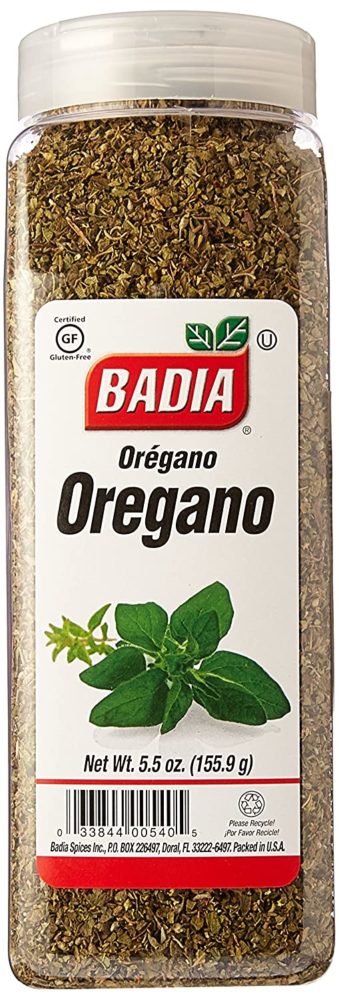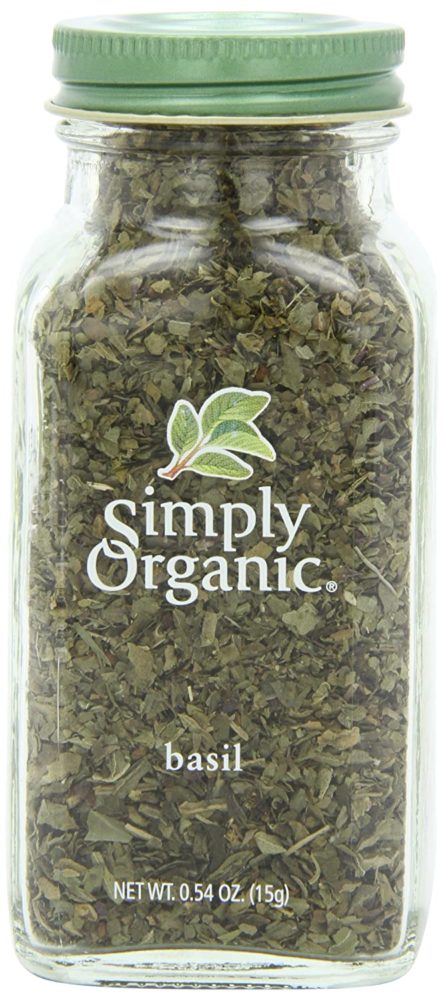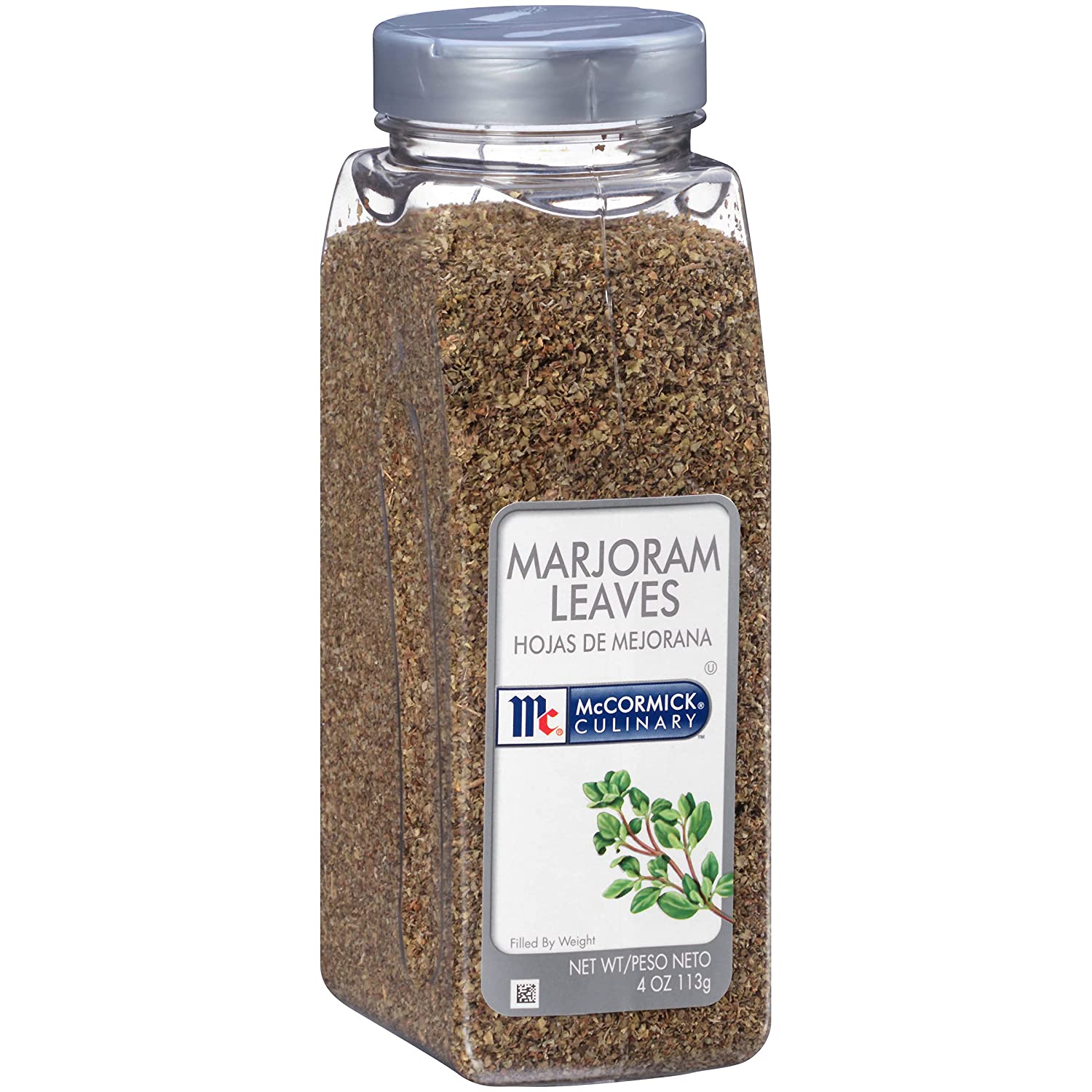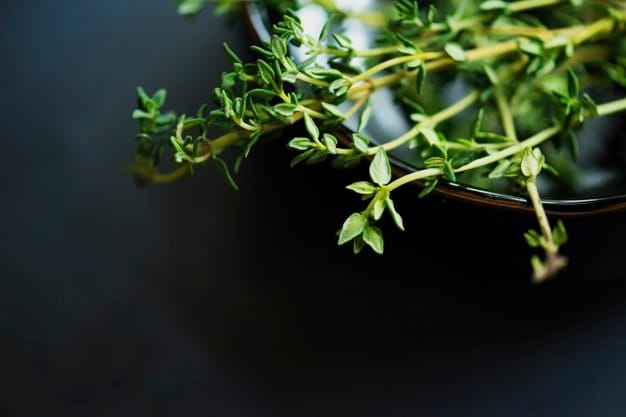If you’re looking for a deliciously herby quality in your recipe, with a slight hint of minty goodness, think thyme! In addition to its distinctly excellent and unique taste, you’ll want much more of thyme when you find out about all the incredible health benefits it has to offer. It is also really easy to store at home. It allows the flexibility of fresh and dried forms without compromising their flavor.
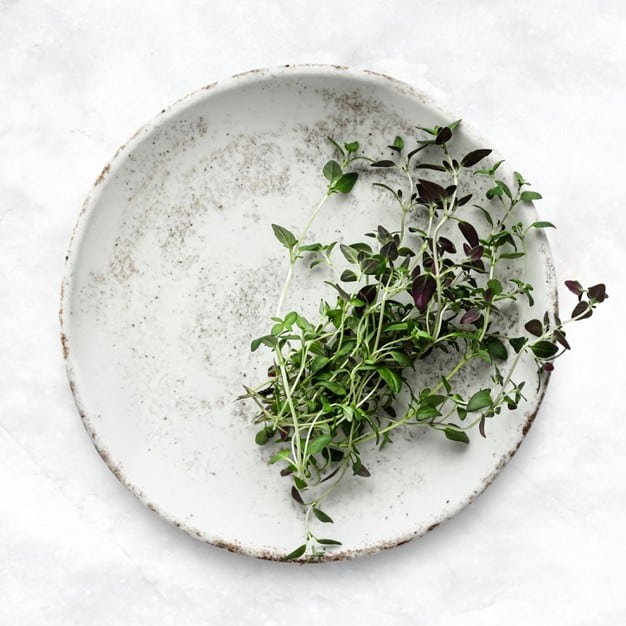
But what do you do if you happen to run out of thyme and totally cannot afford to restock immediately? Is your recipe doomed to fail because of its absence? Fortunately, this doesn’t have to happen.
Other great-tasting herbs, some from the same family as thyme leaves, can stand in as suitable replacements in different recipes. You probably already use these substitutes regularly in your cooking, and it’d be great to find out new ways to use them to replicate the goodness of thyme in your recipes.
What are thyme leaves?
Thyme is a Mediterranean herb with various benefits across dietary, medicinal, and decorative functions. It is usually available in fresh and dried forms. The new form is more flavorful but is also less handy because the shelf life is usually less than a week. However, if appropriately frozen, the new version can last for months. Also, unlike many other herbs, thyme retains its flavor sufficiently even after drying.
Thymus vulgaris is the specific species of the thyme herb cultivated and utilized widely for culinary purposes. The flowers, leaves, and oil of the thyme herb treat inflammation, hair loss, stomach issues, and various other ailments. In cooking, however, thyme is majorly used because of its flavoring potency.
Thyme is a key ingredient in cuisines worldwide, especially in France, Italy, and the Mediterranean. It tends to be versatile and is helpful in a wide range of recipes, both in its fresh and dried forms. Thyme has a crisp, noticeable minty flavor, delicate enough to combine well with other herbs’ flavors, thus resulting in an excellent flavor in the finished product.
Thyme leaves nutrition facts
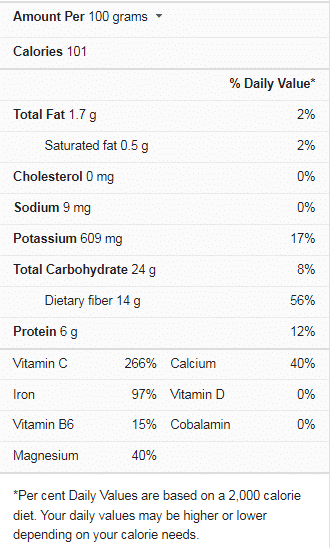
Uses of thyme leaves in recipes
Thyme is a popular ingredient of a herbal nature, useful in its different forms for various recipes. It can be used in its complete form, the stem can be removed, and the leaves cut up and added to dishes at any point during the cooking process. Thyme leaves give an added layer of flavor to meals without being overwhelming.
Because of its delicate flavor, thyme can be mixed with various herbs, including oregano, basil, parsley, tarragon, rosemary, and chives. It works well in a variety of cooking procedures and is thus helpful in many recipes.
Some of the recipes that contain thyme leaves include:
- Ribeye steaks
- Grilled fish
- Crispy roasted potatoes
- Thyme-roasted carrots
- Creamy garlic thyme chicken
- Pan-seared chicken
- Thyme and parsley stuffing
- Lemon thyme baked salmon
- Thyme-grilled chicken breasts
- Roasted butternut squash soup
- Fresh thyme sourdough bread
- Apple and thyme stuffing
- Stuffed cabbage rolls
- Thyme pasta sauce
- Marinara sauce
Substitutes for thyme leaves
Thyme leaves possess a grounded, savory-sweet, and not-too-intense flavor that provides complexity and warmth to a wide range of recipes, thus improving their relish. They are popularly used in a wide range of recipes in different parts of the world.
However distressing this might be to imagine, you may inevitably run out of thyme leaves during your cooking one day and need to replicate its flavors in your recipe. In this case, some particularly helpful substitutes can ensure that you don’t feel the absence of thyme leaves so much in your recipes. The nature of these substitutes, as well as what makes them good enough replacement options for thyme leaves, are described below:
Oregano
Oregano has a very similar flavor to thyme leaves and can be used effectively as a substitute. Thyme and oregano are, in fact, frequently combined in the same recipes since their flavors and smells are so complementary.
Oregano has many earthy, minty, savory, and somewhat bitter characteristics as thyme, whether fresh or dried. It also has a spicy, herbal undertone, which adds to its richness. Fresh oregano can be used in place of fresh thyme, and dried oregano can be used in place of dried thyme.
When replacing dried thyme with fresh oregano in your recipes, it is ideal to use twice as much oregano. If you’re substituting dry oregano for fresh thyme, use half the amount of dried oregano and half the amount of fresh thyme, as the dried herb can be powerful, and throw your recipe off.
Basil
Basil is a leafy green plant with a strong flavor, and it originates from the Asian and African regions. It is a member of the mint family, like thyme, and has numerous kinds. Although sweet basil is the most commonly used variety in cooking, there are other kinds with somewhat varied flavor profiles that can also be employed in culinary activities.
This aromatic herb, which is famous as a food seasoning, is also utilized in teas and supplements that may provide a variety of health advantages, just like thyme leaves. Because basil is related to thyme, it can be substituted for thyme in a variety of cuisines. It is, however, advised to use half the amount of fresh basil as you would for fresh thyme leaves and a 1:1 substitution for dried thyme.
Marjoram
Marjoram, also known as wild oregano, has been grown in the Mediterranean region for thousands of years. It can be used on its own in many recipes or as an effective substitute for thyme leaves. The flavor of marjoram is closely comparable to that of thyme leaves.
Marjoram is also a member of the mint family, like thyme leaves, and has a delicate, somewhat minty flavor. It is closely related to oregano but has a more delicate flavor. It also has a very fresh, sweet, and woody flavor.
In most cuisines, it can be used in place of thyme leaves at a 1:1 ratio, meaning one teaspoon of marjoram for one teaspoon of thyme. It is great with meat and vegetable recipes, as well as various soup recipes. However, because of its delicate nature, marjoram spice is best used near the end of the cooking process.
Tarragon
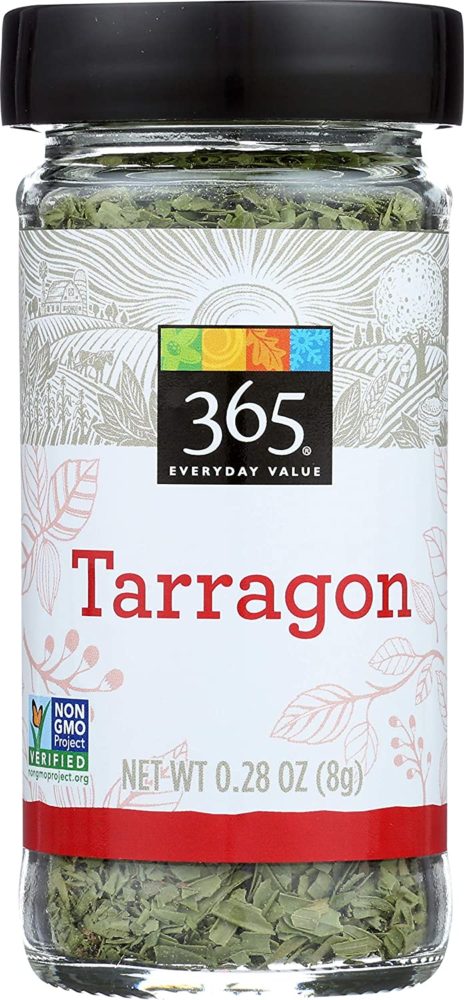
Tarragon can sufficiently stand in for thyme leaves in recipes where they are required. It has a slightly sweeter flavor than thyme but a somewhat bitter taste altogether. The faint anise flavor and minty flavor, however, are what make this herb a good enough replacement for thyme leaves in some recipes.
Thyme leaves and tarragon are interchangeable in equal amounts. This means that one teaspoon of tarragon can be used in place of thyme leaves in recipes. If feasible, it is advisable to add tarragon in little increments, tasting your cooking as you go.
Because of its very distinctive flavor, tarragon might be better suited to French cuisine. However, it may not be as versatile as some other replacements. This should be kept in mind when considering tarragon as a substitute for thyme leaves.
Frequently asked questions (FAQs)
Can I use Sage instead of thyme?
The individual flavors of sage and thyme are similar enough that sage can replace thyme in some recipes.
How do I substitute dried thyme for fresh?
As a fresh-to-dried herb converter, try this simple formula: For one tablespoon of fresh herbs, use one teaspoon of dried herbs. To put it another way, when a recipe calls for dried herbs, use three times as much fresh herbs, and when a recipe calls for fresh herbs, use a third of the number of dried herbs.
Can you replace thyme with Rosemary?
Rosemary is another popular plant that works well as a substitute for thyme. Rosemary has a distinct flavor, yet it can nearly always be substituted for thyme in savory and sweet recipes.
Conclusion
Thyme is popular in many kinds of cuisines for its versatility and great taste. Thyme never fails to offer a lovely unique flavor to a wide range of recipes, whether in soups and stews or steak or fish rubs.
However, it would help if you considered experimenting with one or more of our suggested options the next time you have a thyme scarcity on your hands. They might not all taste exactly like thyme, but who knows, you might love the difference.
